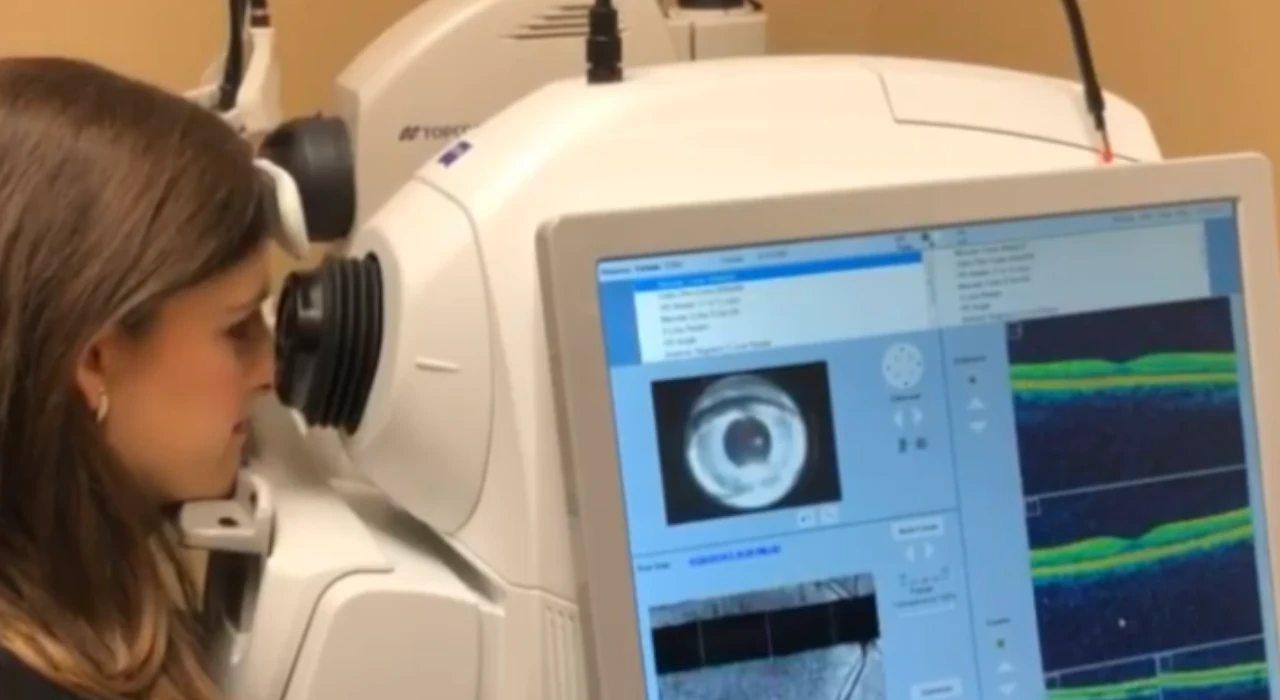
Finding Relief for Dry Eye
Types of Dry Eye
Dry eyes occur when there is an imbalance in the composition or production of tears, leading to inflammation and damage to the surface of the eyes. There are two primary types of dry eye:
- Evaporative Dry Eye: This is the more common type and is characterized by reduced oil production from the meibomian glands located along the eyelid margins. When these glands become blocked or dysfunctional, the oil content in tears diminishes. As a result, tears evaporate more quickly than normal, leading to dryness and irritation.
- Aqueous-Deficient Dry Eye: In this type, the lacrimal gland in the upper part of the eye sockets fails to produce an adequate amount of the watery component of tears. Insufficient water content hampers the eyes' ability to stay properly hydrated, causing dryness and discomfort.
It's important to note that both types of dry eye can coexist, with a combination of inadequate oil and water in tears contributing to the symptoms.
The consequences of dry eye include a compromised ocular surface, which can lead to redness, irritation, blurred vision, and a gritty or foreign body sensation. Seeking professional care from an eye care specialist can help identify the specific type of dry eye and provide appropriate treatment options to alleviate symptoms and protect the health of the eyes.
Dry Eye Symptoms and Causes
Dry eye manifests through various symptoms, such as a stinging or burning sensation, redness of the eyes, excessive tearing that may even result in tears running down the cheeks, a gritty feeling akin to having particles lodged in the eyes, and discomfort experienced while wearing contact lenses.
Additionally, dry eye can be indicative of underlying medical conditions, including Sjogren's syndrome, lupus, rheumatoid arthritis, scleroderma, graft vs. host disease (following bone marrow or peripheral blood stem cell transplantation), sarcoidosis, thyroid disorders, and vitamin A deficiency. Factors like wearing contact lenses, nerve damage resulting from laser eye surgery, and the natural aging process can also contribute to the development of dry eye.
It's important to note that dry eye can also be caused by certain medications, both prescription and over-the-counter. Some of these medications include antihistamines, decongestants, hormone replacement therapy, antidepressants, blood pressure medications, acne medications, birth control pills, and medications used to treat Parkinson's disease. If you suspect that your dry eye symptoms are linked to medication use, consult with a healthcare professional for further guidance.
Environmental Causes of Dry Eye
Furthermore, dry eye can be influenced or exacerbated by environmental factors. Air pollutants, air conditioning systems, the dry air inside airplanes, extended periods of focusing on computer screens or reading materials, exposure to tobacco smoke, and even cooking fumes are known to contribute to dry eye symptoms. If you are experiencing redness, itchiness, dryness, or pain in your eyes, we encourage you to visit Child & Family Eye Care for a comprehensive eye examination. Our team will conduct tests to assess the quality and quantity of your tears, enabling us to gain a better understanding of your condition and provide appropriate treatment.
Once our practice has accurately determined the underlying nature and cause of your dry eye, we will develop a customized treatment plan for you. This may involve a combination of over-the-counter or prescription eye drops, ointments, and other in-office treatments. We may also provide guidance on improving your eyelid hygiene and instruct you on gentle eyelid washing with warm water. In more severe cases, we may recommend advanced treatments such as light therapy, adjusting your contact lens prescription, or procedures to block tear ducts or unblock oil glands.
At Child & Family Eye Care, we are dedicated to addressing your specific needs and providing effective solutions for your dry eye condition. Contact us today to schedule an appointment and take the first step toward finding relief and restoring the health of your eyes.






